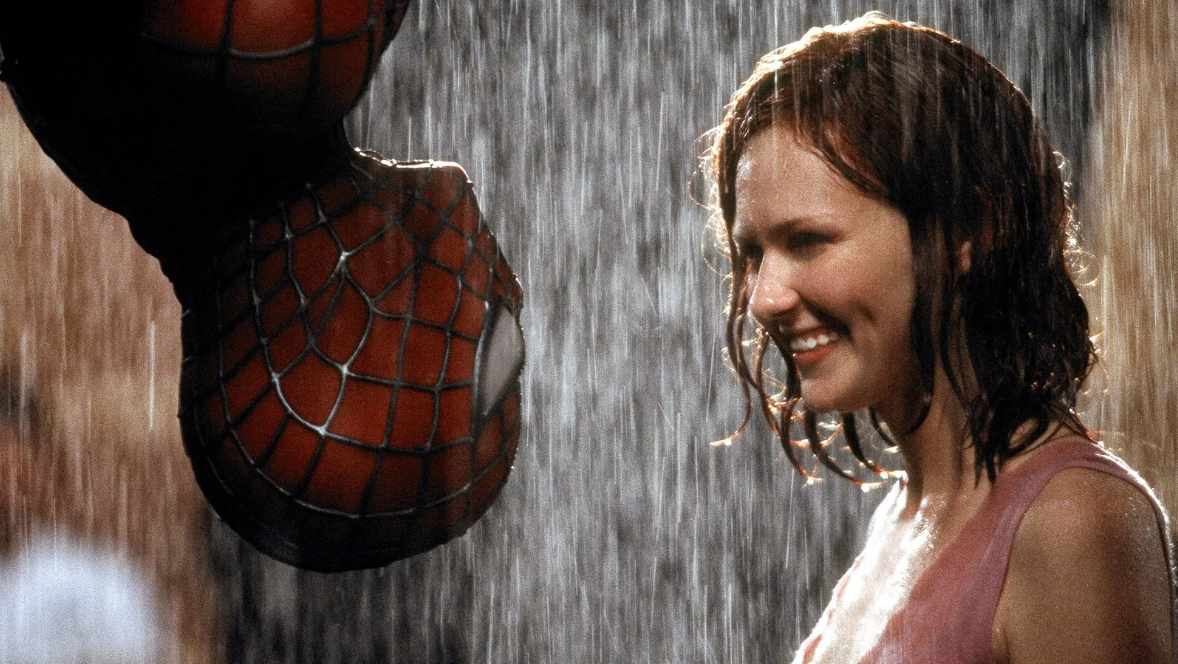
©Alamy via BBC
Vocabulary:
- trilogy /TRIL-uh-jee/
- submerge yourself in something /suhb-MERJ in/
- montage /mon-TAHZ/
- tapestry /TAP-uh-stree/
- evoke /ih-VOHK/
[noun] – a series of three books, plays, etc. written about the same situation or characters, forming a continuous story
It’s hard to believe the first installment of the original trilogy was released 37 years ago.
[phrasal verb] – to put all your effort into doing a particular activity
He would always submerge himself in any role assigned to him.
[noun] – a piece of work produced by combining smaller parts, or the process of making such a work
The presentation contains a montage of images and graphs.
[noun] – used in reference to an intricate or complex sequence of events
The film’s interesting tapestry of events is quite interesting.
[verb] – to cause something to be remembered or expressed
Visiting her old high school evoked a lot of good and bad memories to resurface.
Article reading:
There were already successful superhero series in motion before Sam Raimi’s Spider-Man was released in 2002, such as the X-Men and Blade series. But as James Hunt of the Cinematic Universe podcast points out, Raimi’s films shaped what comic-book movies are now, for all the good and bad that entails. Spider-Man benefited from Raimi’s particular visual style: It expressed nostalgia for comic books, something the Marvel Cinematic Universe (MCU) movies have tried and failed to mimic, having so often submerged in computer-generated imagery (CGI) and an interchangeable house style. Its aesthetic and use of techniques like montage and superimposition are distinctively cartoonish. A dynamic collage of pictures – the silver screen’s response to comic books’ visual language – depicts Peter Parker’s initial development of the Spider-Man outfit. In essence, Raimi’s mastery of numerous genres and tones contributes to the film’s rich tapestry that when combined, should not make sense, but nevertheless do. As Hunt worded: “Raimi was the one director who really understood that Spider-Man is simultaneously a romance, a comedy, a horror, a sci-fi, and an action franchise, and he shot it like it was all of those things with a coherence we’ve not seen since.”
Plans for a fourth Spider-Man film were shelved due to studio disagreements. However, in today’s world of comic-book movies, the trilogy remains unique, evoking aspects that have since been lost.
Discussion Questions:
- What genre/s of comic books do you enjoy reading?
- Please tell me the plot of your favorite superhero movie.
- If you were a superhero, what power/s would you like to have? Why?
- Is the Spider-Man movie popular in your country?
- Why do you think people are hooked on long-running movies?
Summarization
Describe:
- podcast
- entail
- nostalgia
- cartoonish
- aspect